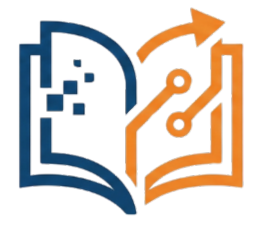Understanding Hardware and Software and Their Functions
Introduction to Hardware
Hardware refers to the physical components of a computer system. This includes internal components like the motherboard, Central Processing Unit (CPU), Random Access Memory (RAM), hard drive, and graphics card, as well as external components like the monitor, keyboard, and mouse.
- Motherboard: This is the main circuit board of the computer, which holds and connects all of the most critical parts. All other components connect to the motherboard, directly or indirectly.
- CPU (Central Processing Unit): Often called the “brain” of the computer, the CPU processes instructions it receives from the software, from simple calculations to complex computations.
- RAM (Random Access Memory): This is the computer’s short-term memory. RAM temporarily stores data that the CPU uses for tasks, clearing itself when the computer is powered off.
- Hard Drive: This is the computer’s long-term storage. The hard drive stores software, the operating system, and most files and data.
- Graphics Card: This hardware processes images and video for display on the monitor. Some CPUs have integrated graphics capabilities, but dedicated graphics cards offer more power for tasks like gaming and video editing.
- External Components: These include peripherals such as the monitor, keyboard, and mouse. Monitors display images and the user interface, keyboards input typed data and commands, and mice navigate and select on-screen items.
Introduction to Software
Software, in contrast, is a collection of instructions or programs that direct the computer to perform specific tasks. Software can’t be touched physically; it is coded and saved digitally within the computer’s storage devices. There are two main types of software: system software and application software.
- System Software: This includes the operating system (like Windows, MacOS, or Linux) and drivers that control the hardware. System software allows you to use the computer without knowing how to speak the computer’s language. It serves as an interface between the user and the hardware, managing hardware operations and software applications.
- Application Software: This refers to programs designed for end-users. Examples include web browsers (like Chrome or Firefox), office productivity suites (like Microsoft Office), video games, and any other program you install and run. These applications utilize the system software to access and manage hardware resources.
How Hardware and Software Interact
Hardware and software work together in a computer system to accomplish tasks. The software sends instructions to the hardware via the CPU and the hardware responds by performing the tasks or commands. For example, when you type on your keyboard (hardware), the keyboard’s driver (system software) interprets the keystrokes and sends the information to a word processing program (application software), which then displays the typed characters on your monitor (hardware).
Understanding hardware and software is crucial for comprehending how computers work. They provide the foundation for exploring more advanced concepts in computing, such as networking, programming, and cybersecurity.

